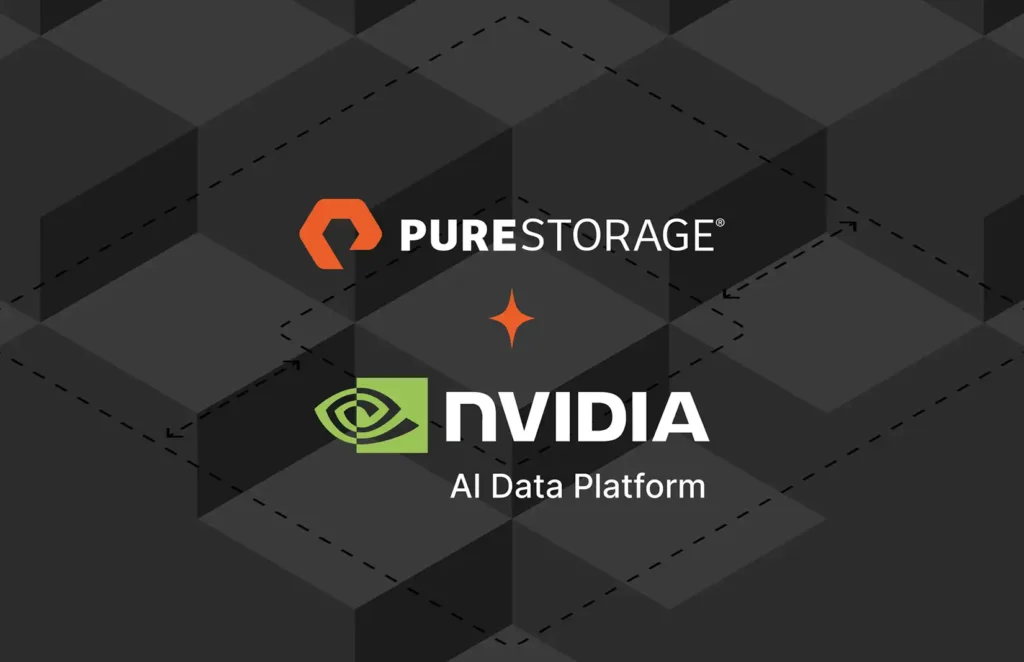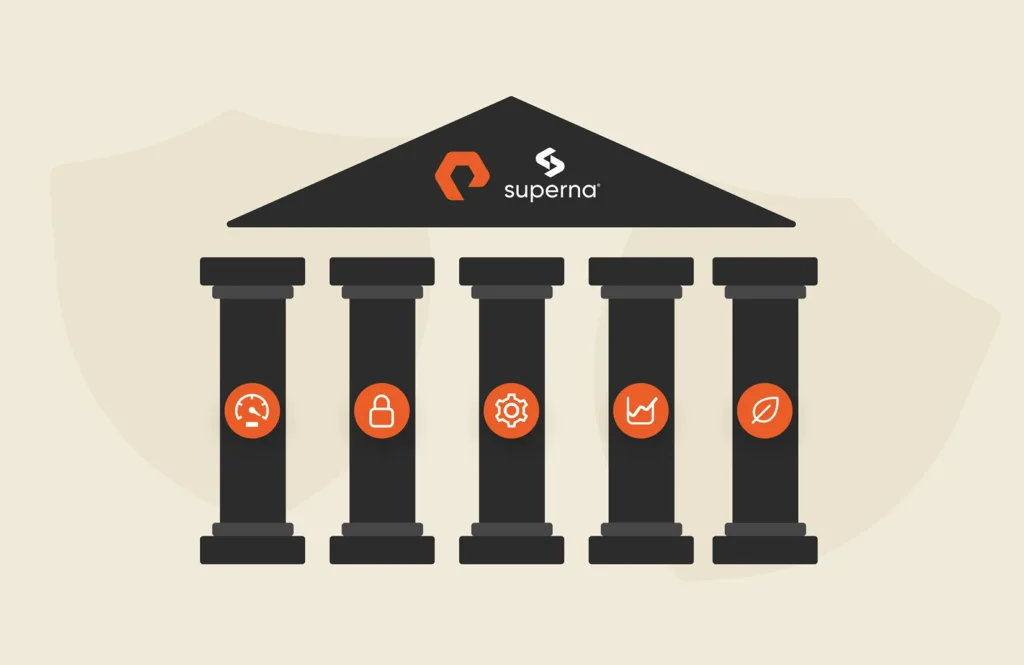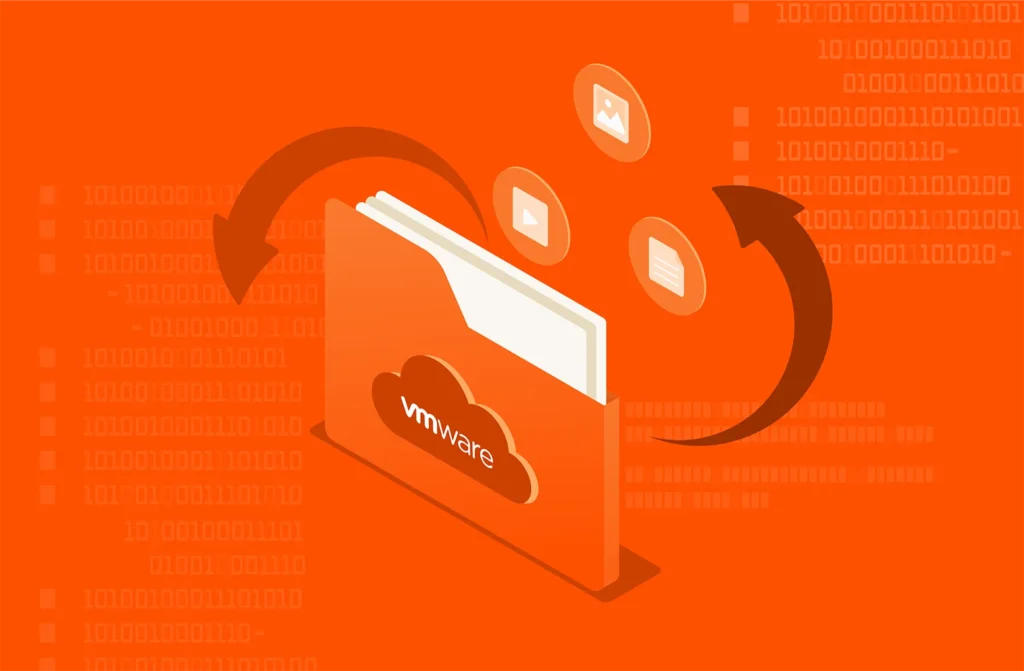From the data storage used to keep track of patients and their personal information, to more affordable and eco-friendly MRI machines, hospital tech needs to benefit both patients and staff alike.
The technology inside your hospital is what can make a patient’s visit seamless or troublesome. Unfortunately, using older technology has led to higher costs and more patient risk. About $1.8 million is lost yearly to medical malpractice and litigation from hospital staff using expired or recalled items. Proper inventory tracking using next-generation data storage would minimize these costs and make for better patient care.
When looking at the tech inside your hospital, you need to ask yourself if it is working for you or against you and your patients. Consider the following:
- Has your technology helped you see more patients and make care more accessible?
- Does your technology meet your clinical needs and clinical decision support to improve outcomes?
- How often are you forced to upgrade your technology to support your core solutions? How does this impact the cost of care?
Quite simply, healthcare organizations need to simplify and consolidate data so patients receive better care. There’s a need to connect, consolidate, and protect data to improve care delivery. Protecting your data assets is vital, as it’s instrumental in the journey to patient wellness.
Adopt a Patient-first Perspective When Evaluating Technology
There are established frameworks that outline the goals that healthcare organizations should strive to achieve. For example, the Institute for Healthcare Improvement’s Triple Aim created an approach for optimizing health system performance. The Triple Aim has evolved over the years to become the Quintuple Aim, which includes:
Healthcare’s Quintuple Aim | |
| Aim | Operational Outcome Measured |
| Better Health | Intermediate clinical health process and outcome measures |
| Better Experience | Patient experience or patient satisfaction |
| Lower Cost | Per-capita costs or total costs of care. Often utilization of hospital or emergency department services are measured applying standard costs to facilitate cross-region comparison |
| Improved Work Life for Staff | Staff experience; staff burnout |
| Equity | Health disparities; social determinants of health |
Source: AHRQ
Technology Selection with a Quintuple Aim Perspective
Here are some questions to help you evaluate technology through a patient-first perspective.
Better Health
- How can data be made more accessible for clinical decision support and patient education?
- How can analytics identify at-risk patients and populations?
Better Experience
- When and how does system performance impact the patient experience?
- How can it stop the “click and wait” of slow systems so patients spend less time watching their physician fuss with a computer instead of talking with them?
- How will the selection of any system impact the experience?
Lower Cost
- Is your technology cost-effective? Do the benefits justify the high cost?
- Are there opportunities to reduce your total cost of ownership (TCO) so care can become more affordable?
Improved Work Life for Staff
- Clinician burnout is rising—especially during the past two years. Slow systems, awkward workarounds, and poorly designed interfaces only exacerbate the problem. Will your technology selection alleviate these issues? Or, will it add layers of complexity and burden on your staff and negatively impact care delivery?
Equity
- Considering the categories above, mindful technology adoption creates opportunities to reduce health disparities. Reducing the cost of care frees budget to expand care delivery to underserved populations. And, using technology and analytics to account for social determinants of health provides insights for areas of improvement and proactive interventions for patients and communities.
How Pure Storage Helps You and Your Patients
Pure Storage simplifies how people consume and interact with data. Pure helps healthcare organizations connect, consolidate, and protect their data assets. Pure’s healthcare solutions—combined with our industry-leading partners—enable healthcare organizations to:
- Reduce total cost of ownership: Free up funds to spend on other patient-care initiatives.
- Improve the clinician experience: Enable faster application performance and mobility.
- Eliminate storage migrations: Buy storage once that evolves with you, eliminating the disruptions caused by upgrades that impact patient care and the patient experience.
- Enable innovation: Simplify IT so resources can be redeployed for more patient-focused initiatives.
- Improve application performance: Stop the “click and wait” of slow-performing systems during provider-patient encounters. Turn around imaging studies faster. Maximize clinician productivity and satisfaction.
- Protect data and quickly recover from ransomware attacks: Unplanned downtime negatively impacts patient care. Protect your data assets and recover quicker from ransomware attacks and system outages with Pure’s healthcare solutions.
Learn more about Pure Storage healthcare solutions.
The Pure Storage Platform
A platform that grows
with you, forever.
Simple. Reliable. Agile. Efficient. All as-a-service.

Healthier Data
Simplify how your organization consumes and interacts with data with Pure.






